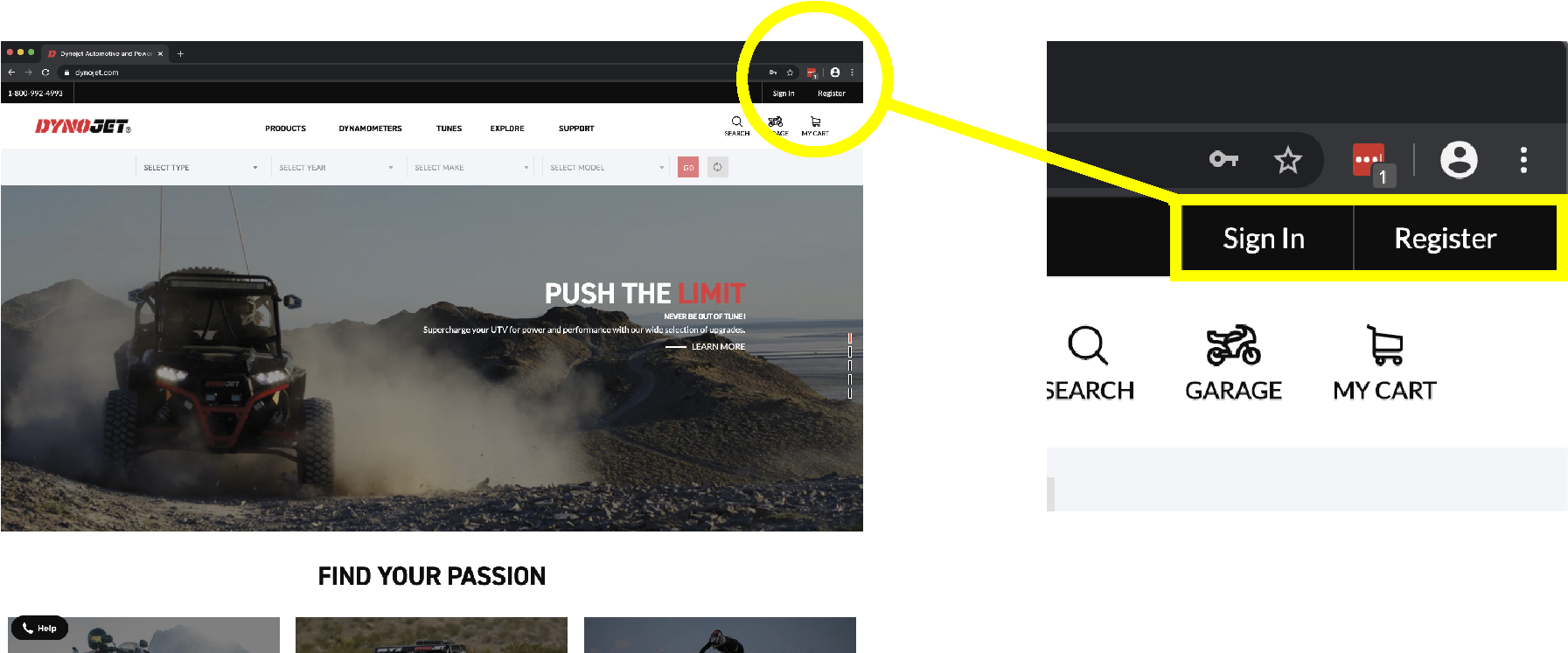GPS Send Map is a Windows interface program which uses (sendmap.exe) to load the IMG maps to the GPS.This program works well and setup is easy, although there seams to be minor issues in some windows OS.The GPS acted as usual and my maps appeared on the screen as usual. BTW: As all my maps are published under CCBYSA 2.0 / The new Openstreetmap Licence - you may share your mac map files freely - as long as you contribute openstreetmap.org and openmtbmap.org and stick to the same license. Unfortunately you need an windows installation for converting the maps to 'Mapsource for Mac' aka Roadtrip.
Setting an SMTP server for Apple Mail – the default Mac mail client – is necessary to start sending and delivering your emails: but is also extremely easy. Just follow these simple steps:
1. Open the voice “Preferences” in the “Mail” menu.
2. Open the “Accounts” tab and click on “Server settings”.
3. Fill the “Outgoing mail server” voice with your SMTP server name. If you don’t know it, have a look at our list of SMTP parameters or contact your provider.
4. The default “Port” is 25, but there are also other options: to know, check our article about SMTP ports.
5. Finally, choose if you want to authenticate your mailing or not (and in case fill the “User name” and “Password” field). And that’s it.
Remember however that if you plan to set up an email marketing campaign, you should definitely rely on a professional SMTP server – an outgoing server that will guarantee the higest deliverability for all your messages.
Our service turboSMTP offers you 6.000 free relays/month, forever. Try it now!
Our maps work on all Garmin devices which support uploading maps. These include:
Astro 220, 320, Alpha 50, 100
Colorado 300 400c 400i 400t
Camper (all devices)
Dakota (all devices)
dezl 560, 570, 580, 760, 770 dezl Cam und alle LMT und LMTHD modell.
Drive, DriveSmart, DriveLuxe, DriveAssist (all devices)
Edge 25, 520, 605, 705, 800, 810, 820, 1000, 1030, Touring, Touring Plus
eTrex 10 20 22 30 30x 32x, eTrex Touch 25 35, etrex Legend/Vista HCx
fenix 3. 3HR, 5, 5S, 5X
Garmin GPS 73
GPSMap 62-Serie GPSMap 64 64s 64st 64sc 64sx 66 66i 66s 78 78s 78sc
GPSMap 60Cx GPSMap 60CSx GPSMap 76Cx* GPSMap 76CSx
GPSMap 276CSx (modell past 2017)
inReach SE (all devices)
Montana (all devices)
Monterra (all devices)
Nuvi (all devices)
Oregon 200, 300, 400, 400t, 450, 450t, 500, 500t, 550, 550t, 600, 600t, 650, 650t, 680, 680t, 700, 700t, 750, 750t
Overlander (all devices)
RINO 520HCx 530HCx 650 655t
StreetPilot c510 c530 c550 c580 2820 7200
Zumo 210, 220 340 390 400 450 500 550 590 600 660 665
It sounds like you are trying to double-click, or otherwise open, an .img file intended for a Garmin GPS.
You shouldn’t do this. Double-clicking tells your computer to “find the program that will understand .img files, and open this with it”. But this .img file is not meant for a program on your computer. It’s meant for your Garmin GPS unit. Assuming you have an SD card installed in the card socket for your Garmin, simply follow the Installing the map onto your GPS instruction below.
- Connect your Garmin to your computer via a USB cable.
- Put your Garmin in USB Mass Storage mode. (On an eTrex, this is typically done by going to the menu screen, then Setup -> Interface -> USB Mass Storage.)
- The Garmin should show up as a removable disc (like a USB stick) in the usual place. On a Mac, for example, this will be on the desktop.
- If there isn’t a folder on the Garmin called ‘Garmin’, create one.
- Into this folder, copy the .img file that you downloaded.
- Rename it to gmapsupp.img if it’s not already called that.
- Eject the Garmin as you would a USB stick. Again, on a Mac, you do this by dragging it to the trash.
When your Garmin reboots, you should now have the GarminWorldmaps map displayed.
On Windows – No memory card
- The easiest way is to use Garmin sendmap, a command line tool, which sends the gmapsupp.img file to the Garmin device. Already existing maps will be overwritten, so create a backup first.
- It is also possible (didn’t work for me with a Vista C) to transfer any section of a map together with all maps on your unit after the map has been registered in MapSource. There is a section on how to do that (This is the same as the method above): OSM Map On MapSource. After integration of maps, in MapSource select ALL maps at once. That works across different map sets as well. Then choose “send to device”. The transfer will take quite a while.
On Windows – Memory card
Sendmap For Macbook Air
If you don’t already have any gmapsupp.img file on your internal memory, and you have a memory card, you can simply copy your gmapsupp.img file into a folder called garmin on the memory card using a card reader or USB mass storage mode.


On Mac OS X
Garmin has a product called MapInstall and MapManager for the Mac software version 2.1.3 as of January 5, 2010 Download (21.24 MB) It’s similar to Garmin Mapsource.
Sendmap For Mac Os

Send Map For Mac Computers
Very similar to Linux. The difference is that the Garmin device is automatically mounted into the /Volume path instead of “/mnt/gps” (or whatever). You can rename the device path name from the default by marking the device symbol and accessing the information panel (command+i). Now rename it to e.g. “GARMIN”. So you get the device path /Volume/GARMIN . On this device create a directory named “Garmin” and copy the file “gmapsupp.img” into it. That’s it. Older firmware versions of the Garmin GPSmap 76CSx are confused by files that OSX places on the card when indexing it with spotlight. After connecting the Garmin in mass storage mode, the next time the Garmin is powered off it will sound a continuous low error tone, only fixable by removing the batteries. The fix is either to update the firmware, or to place a file called .metadata_never_index in the root folder of the Garmin memory card. To create the file, open a terminal and issue the following:
You may also need to clean up the spotlight files if they have already been placed
will show you all the hidden files and
will delete them. Basically delete anything that’s not the Garmin folder the .metadata_never_index file, or the gmapsupp.img file. Don’t forget to delete any hidden files inside the Garmin folder:
Comments are closed.